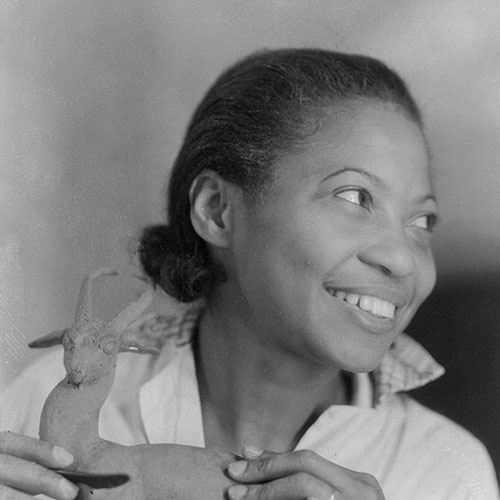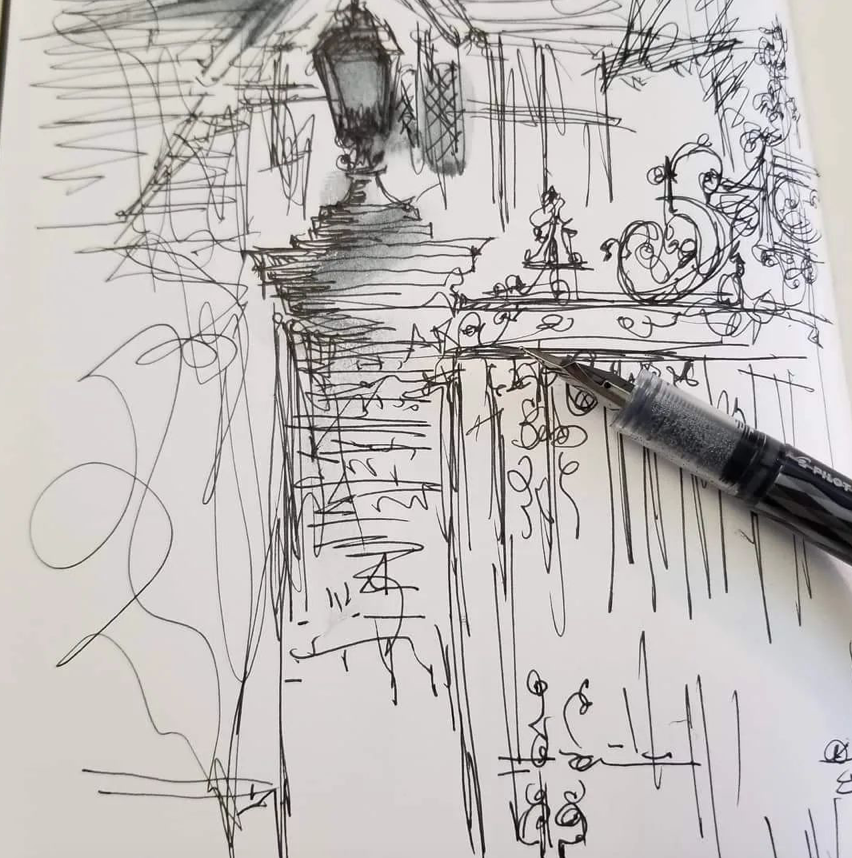
March kicks off Women’s History Month! Today, we honor female sculptor Augusta Savage. She is one artist we need to take extra time to admire. Her humble beginnings don’t even begin to capture what she had to endure. Augusta Savage was born on February 29th, 1892. Her name given at birth was Augusta Christine Fells.
She was born to an impoverished large family. Augusta loved to make miniature sculptures out of red clay from when she was a little girl. Unfortunately, her father, a Methodist minister, did not support her artistic talent.
Not only was this female sculptor a talented artist, but also a talented teacher. She graduated from Cooper Union School of Art in New York. Even though she had all this artistic talent and some recognition, Savage had to work at a steam laundry to help pay bills. Luckily, she was able to work as an artist out of her apartment to support herself and her art.
At the same time, Savage was in New York; the Harlem Renaissance was starting. The Harlem Renaissance was a movement that celebrated Afro-American culture through art and literature.
As a female sculptor, Savage was a significant participant in the advancement of African-American art throughout the entire Harlem Renaissance movement.
In the 1920s, Savage’s reputation grew when commissioned to do busts of W.E.B Dubois, Marcus Garvey, and Williams Pickens. At this time, she also created her most famous work known as Gamin. Gamin is French for street urchin; her inspiration was a homeless boy she saw while in Paris, and her nephew was the model. Many said that the expression on the boy’s face was authentic wisdom. That kind of wisdom could only be captured by those who had met that hardship in person.
The many works of Savage did not survive because she didn’t have the funds for metal castings. She did her work mainly in clay or plaster.
Another one of her works, The Harp, also known as “Lift Every Voice and Sing,” was commissioned by the 1939 New York World’s Fair. The original was 16 feet high and was a favorite at the fair. It was brilliant, but unfortunately, it was destroyed after the fair ended.
Need the creative juices to flow for a new project? Enlist the artisans at ADG!
From the Design Studio
Drove by this piece of history on Arroyo in Pasadena and had to make a quick sketch…
by Gerald Olesker, CEO, ADG Lighting













